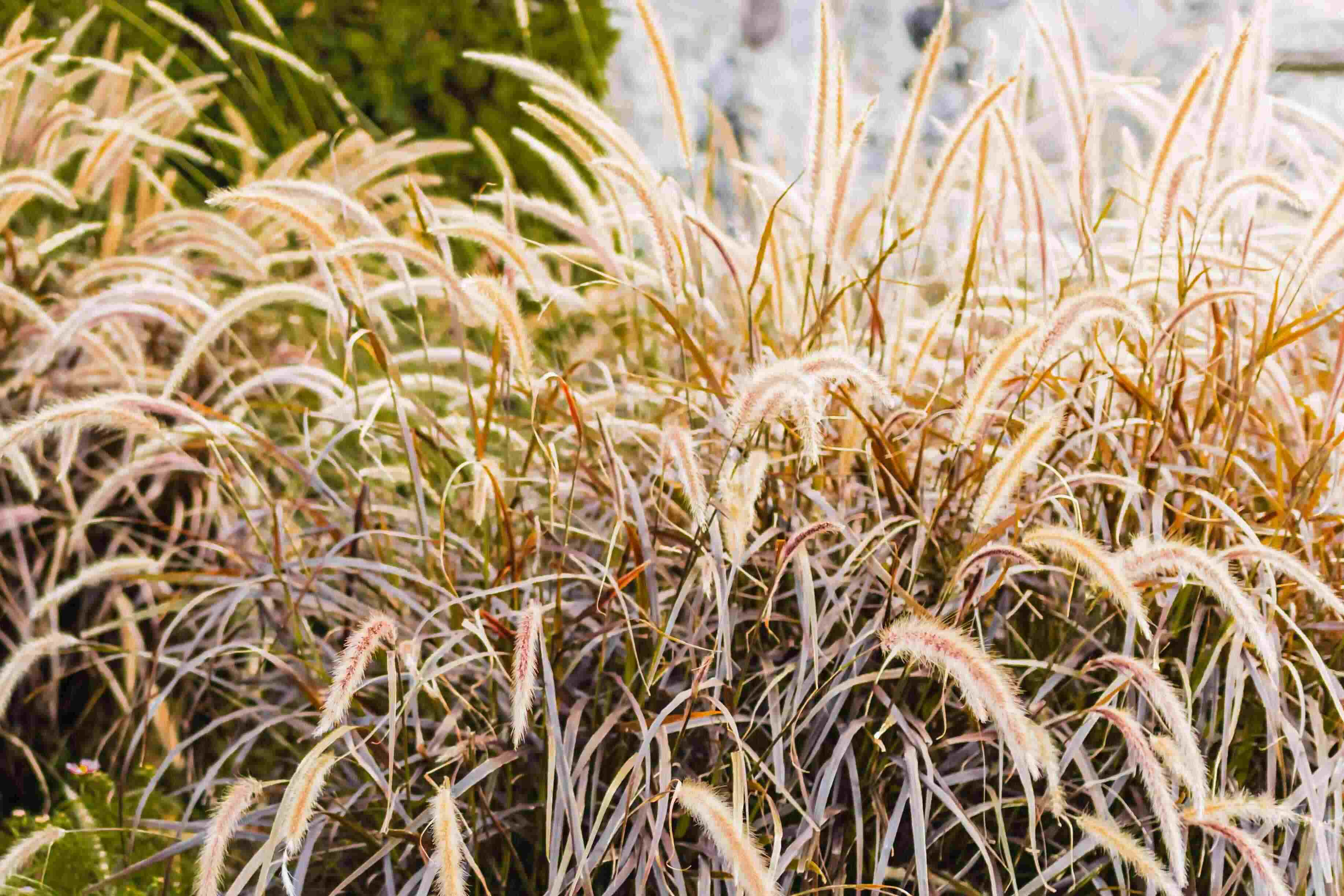
Drought-resistant plants are nature's superheroes, thriving where others wither. These resilient florae have adapted to survive with minimal water, making them perfect for arid climates or water-conscious gardeners. But what makes them so special? Drought-resistant plants often have unique features like deep root systems, waxy leaves, or the ability to store water. They not only save water but also reduce maintenance time and costs. Whether you're a seasoned gardener or just starting, understanding these plants can transform your garden into a sustainable oasis. Ready to learn more? Here are 28 fascinating facts about these incredible plants!
28 Facts about Drought-Resistant Plants
Drought-resistant plants are nature's answer to water scarcity. These resilient species thrive in arid conditions, making them perfect for dry climates and water-conscious gardeners. Let's dive into some fascinating facts about these hardy plants.
What Makes a Plant Drought-Resistant?
Understanding the characteristics that enable plants to survive with minimal water is key to appreciating their resilience.
- Deep Root Systems: Many drought-resistant plants have extensive root systems that reach deep into the soil to access water stored far below the surface.
- Water Storage: Some plants, like succulents, store water in their leaves, stems, or roots, allowing them to survive long periods without rainfall.
- Reduced Leaf Surface Area: Smaller or fewer leaves reduce water loss through transpiration.
- Waxy Coating: A waxy layer on leaves helps to minimize water loss by reducing evaporation.
- Dormancy: During extreme drought, some plants enter a dormant state, slowing their growth and conserving water.
Examples of Drought-Resistant Plants
There are numerous species of drought-resistant plants, each with unique adaptations. Here are some well-known examples.
- Cacti: Native to deserts, cacti store water in their thick, fleshy stems.
- Aloe Vera: Known for its medicinal properties, aloe vera thrives in dry conditions.
- Lavender: This fragrant herb is not only drought-resistant but also attracts pollinators.
- Agave: With its rosette of thick, fleshy leaves, agave is a staple in arid landscapes.
- Sage: Both culinary and ornamental varieties of sage are highly drought-tolerant.
Benefits of Growing Drought-Resistant Plants
Choosing drought-resistant plants offers several advantages, especially in areas prone to water shortages.
- Water Conservation: These plants require less watering, helping to conserve precious water resources.
- Low Maintenance: Drought-resistant plants often need less care and attention compared to other plants.
- Soil Erosion Prevention: Their deep root systems help to stabilize soil and prevent erosion.
- Wildlife Habitat: Many drought-resistant plants provide food and shelter for wildlife.
- Aesthetic Appeal: These plants can add beauty and diversity to gardens and landscapes.
How to Care for Drought-Resistant Plants
Even though these plants are tough, they still need some care to thrive.
- Proper Planting: Plant drought-resistant species in well-draining soil to prevent root rot.
- Mulching: Apply mulch around the base of plants to retain moisture and regulate soil temperature.
- Watering Techniques: Water deeply but infrequently to encourage deep root growth.
- Pruning: Regular pruning helps to maintain plant health and shape.
- Fertilization: Use a balanced fertilizer sparingly, as too much can harm these plants.
Interesting Facts About Drought-Resistant Plants
These plants have some surprising and unique characteristics that make them stand out.
- Desert Blooms: Some drought-resistant plants produce stunning flowers, even in harsh conditions.
- Medicinal Uses: Plants like aloe vera and sage have been used for centuries for their healing properties.
- Historical Significance: Many drought-resistant plants have been cultivated for thousands of years by indigenous peoples.
- Climate Adaptation: These plants can adapt to a wide range of climates, not just arid ones.
- Carbon Sequestration: Some drought-resistant plants can absorb and store carbon dioxide, helping to mitigate climate change.
Challenges of Growing Drought-Resistant Plants
Despite their resilience, these plants can face certain challenges.
- Pests and Diseases: While generally hardy, drought-resistant plants can still be susceptible to pests and diseases.
- Overwatering: Ironically, too much water can be detrimental to these plants, leading to root rot and other issues.
- Soil Requirements: Some drought-resistant plants have specific soil needs that must be met for optimal growth.
Final Thoughts on Drought-Resistant Plants
Drought-resistant plants are game-changers for gardeners and farmers alike. These hardy species conserve water, reduce maintenance, and thrive in tough conditions. From succulents like cacti to deep-rooted trees such as mesquite, these plants offer a sustainable solution for dry climates. They not only beautify landscapes but also support local ecosystems by providing habitats and food for wildlife. Incorporating drought-resistant plants into your garden can lead to significant water savings and a more resilient environment. Whether you're a seasoned gardener or just starting out, these plants make a smart, eco-friendly choice. So, next time you're planning your garden, consider adding some of these tough, beautiful plants. Your garden, wallet, and the planet will thank you.
Was this page helpful?
Our commitment to delivering trustworthy and engaging content is at the heart of what we do. Each fact on our site is contributed by real users like you, bringing a wealth of diverse insights and information. To ensure the highest standards of accuracy and reliability, our dedicated editors meticulously review each submission. This process guarantees that the facts we share are not only fascinating but also credible. Trust in our commitment to quality and authenticity as you explore and learn with us.


